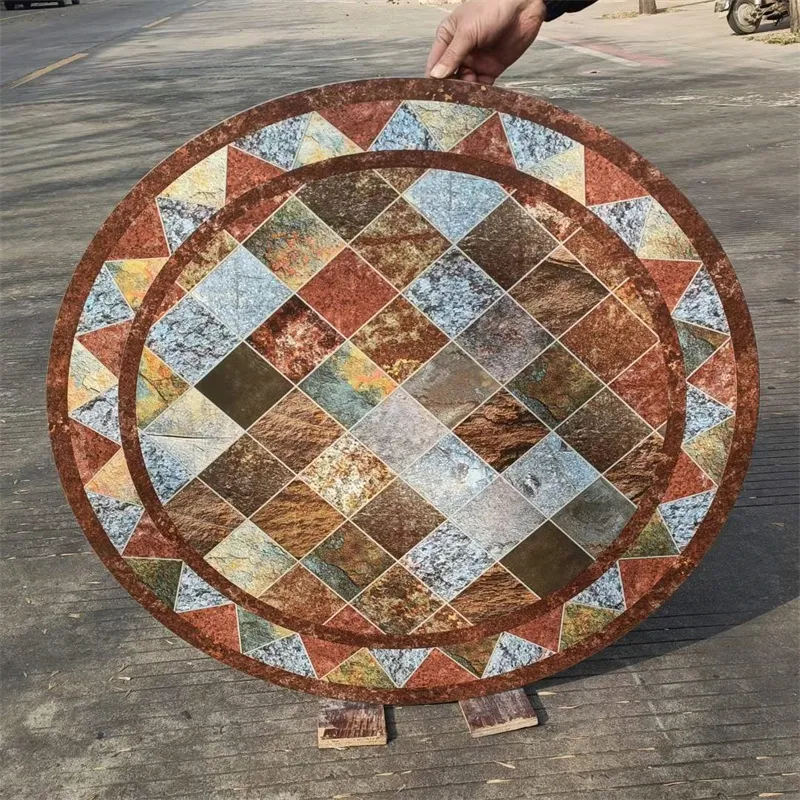Sep . 16, 2024 18:32 Back to list
float glass manufacturing
Float glass manufacturing is a crucial process in the glass industry, known for producing high-quality flat glass used in various applications such as windows, mirrors, and glass facades. This method, invented in the 1950s by Sir Alastair Pilkington, revolutionized the way glass is produced, offering advantages in uniformity and thickness compared to traditional glass-making techniques.
The float glass process begins with the preparation of raw materials. These typically include silica sand, soda ash, and limestone, which are mixed and melted in a furnace at temperatures exceeding 1,600 degrees Celsius. The molten glass is then refined to remove any impurities, ensuring a clear and flawless final product. After this initial phase, the glass is shaped into a molten ribbon.
As the molten glass exits the furnace, it is floated on a bath of molten tin. This step is critical as it allows the glass to form a flat, even surface due to the inherent properties of surface tension. The float method produces glass that is not only smooth but also has consistent thickness, which is vital for modern construction and automotive industries.
float glass manufacturing

Once the glass has formed and cooled, it is annealed through a controlled cooling process, which reduces internal stresses and ensures the glass remains durable and stable. The cooling phase is followed by cutting and sizing according to specific customer requirements. The ability to produce large sheets of glass, often as wide as 3.2 meters and over 15 meters in length, is one of the key advantages of the float glass process.
Moreover, the float glass manufacturing process is highly adaptable. It allows for the production of various types of glass, including low-emissivity (Low-E) glass, which enhances energy efficiency by reflecting heat while allowing natural light to enter buildings. This capability aligns with the growing emphasis on sustainable building practices.
In conclusion, float glass manufacturing is a sophisticated and essential process in the glass industry. Its ability to produce high-quality, uniform sheets of glass has transformed architecture and design, paving the way for modern innovations in energy efficiency and aesthetics. As technology continues to advance, the float glass process will likely evolve, further enhancing its impact on the world of construction and design.
-
Safety and Style with Premium Laminated Glass Solutions
NewsJun.24,2025
-
Reinvents Security with Premium Wired Glass
NewsJun.24,2025
-
Premium Float Glass Line for Modern Architecture
NewsJun.24,2025
-
Low Emissivity Glass for Energy-Efficient Architecture
NewsJun.24,2025
-
High-Performance Insulated Glass Solutions for Modern Architecture
NewsJun.24,2025
-
Elevates Interior Style with Premium Silver Mirror
NewsJun.24,2025
Related PRODUCTS














